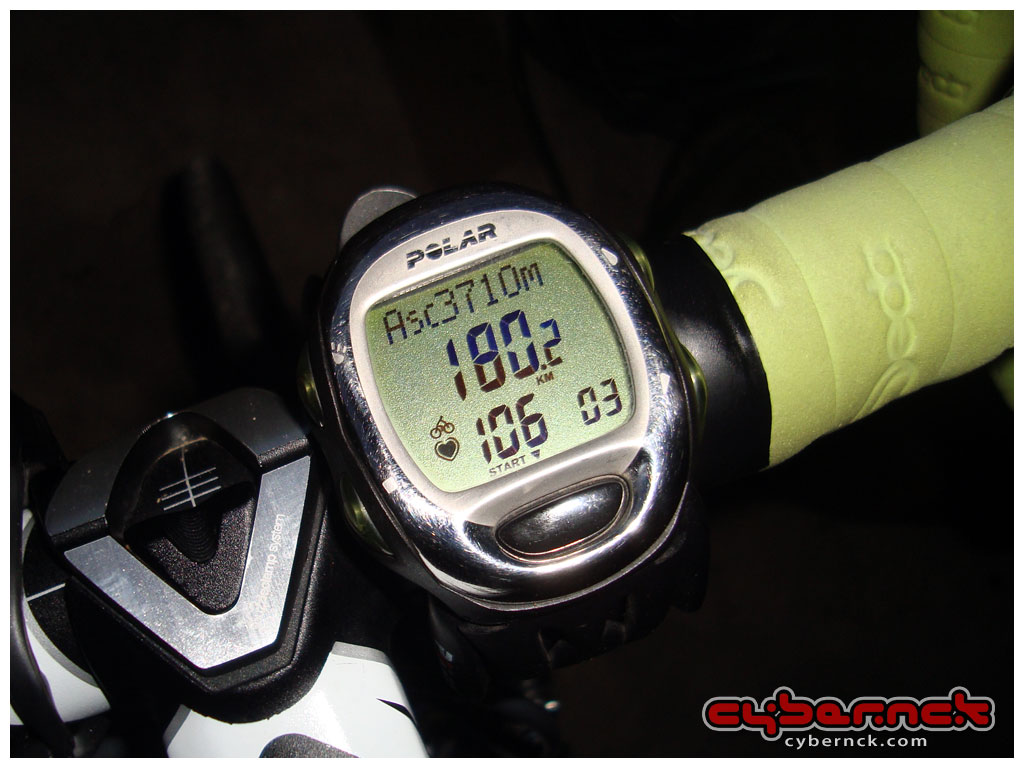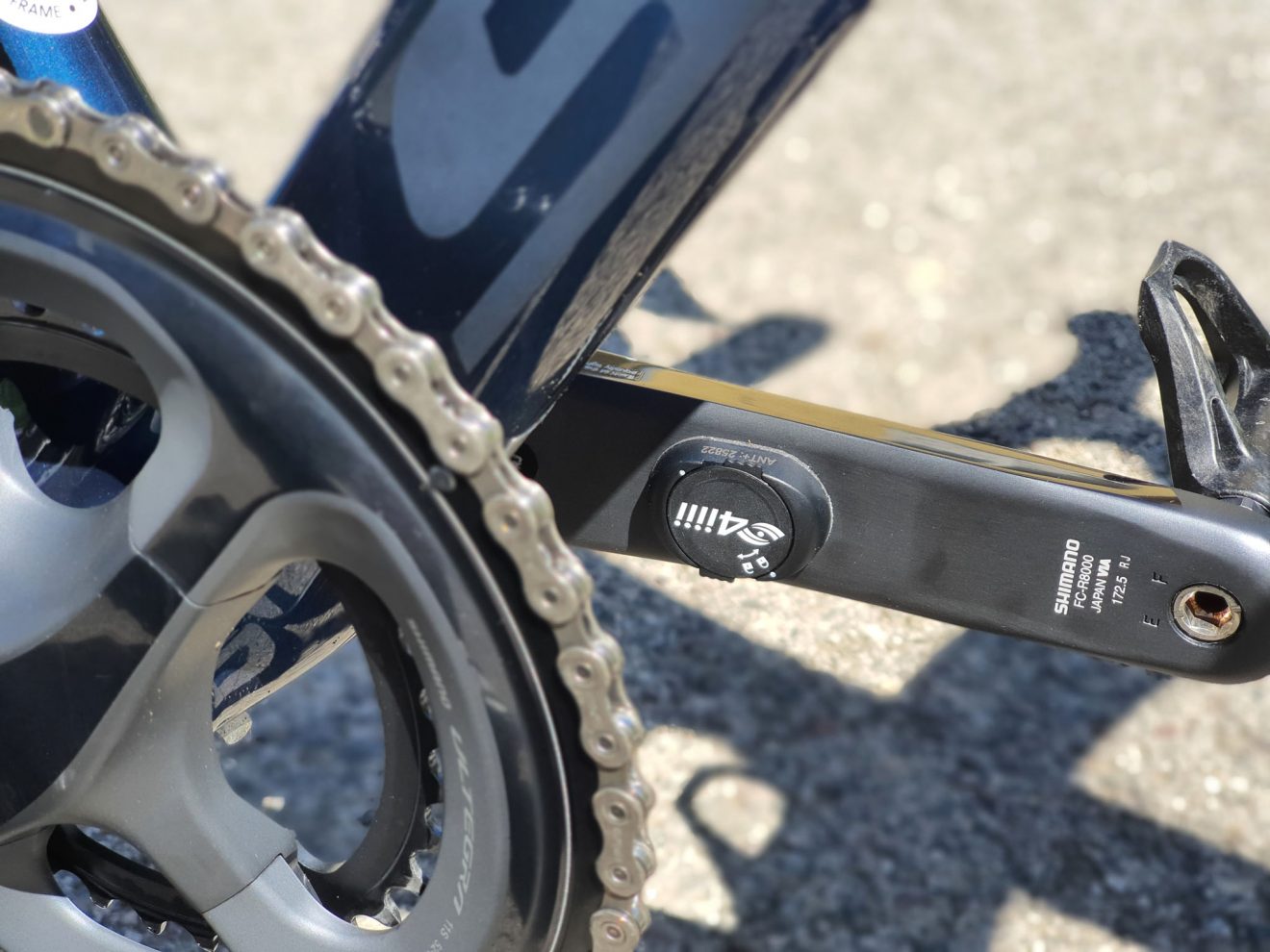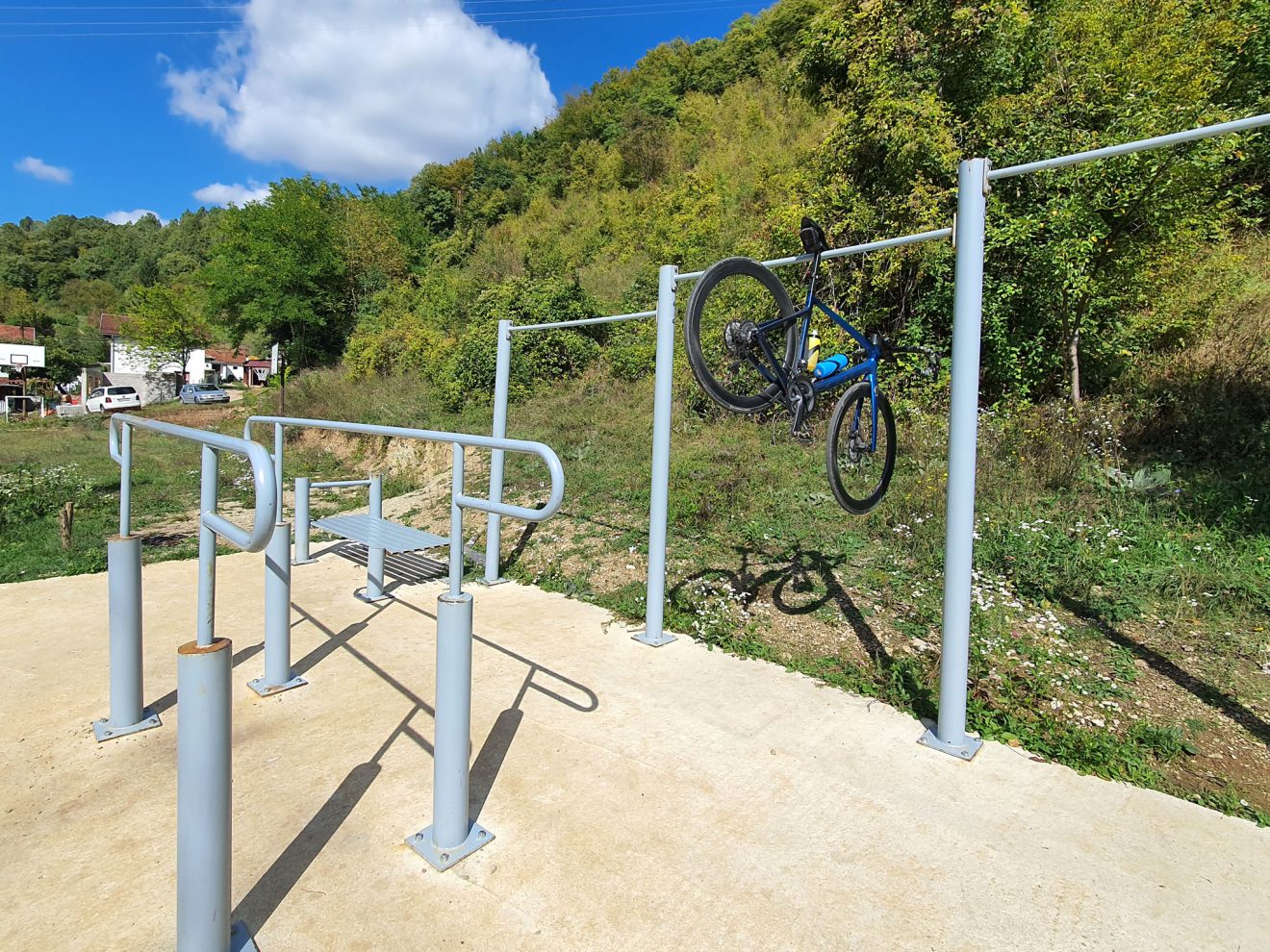Embrace your sweat.
It is your essence and your emancipation
– Kristin Armstrong
Hands up those of you who don’t like to smash their PBs or KOMs on Strava or don’t wish to raise their hands when crossing the finish line in a race or perhaps easily climb a hill that previously used to look like Mt. Everest to you? No one? I thought as much.
No pain – no gain
In the introductory article of this series, I explained that there are different motives and ways to enjoy cycling but that cycling as a sport is something completely different from “just riding”, i.e. going on a ride when you feel like it and where/how long you want. I also stated that, like any sport that is based on similar principles and a combination of strength and endurance, cycling training consists of extremely technical elements and there is a structured training plan and program to follow, adapted to a calendar of races or other types of events.

Moreover, training for all kinds of sports looks quite different from what we see as the execution of those preparations. Tennis is not practiced by just going out on the court and playing matches to the point of unconsciousness. Ski jumping… well, I don’t know anything about that but Primož Roglič made the transition from that sport to cycling, so there are certainly a lot of elements in which you build up strength :).
In any case, what all sports have in common is that you will have to shed sweat in training… a lot of sweat!
What is especially important for cycling is to have a great dose of masochism, because how else to force yourself to ride full gas in the anaerobic heart rate zone, panting like a hunting dog, on an incline of 12%, while the Sun burns you from above and baking hot asphalt from below? And then repeat it four more times as if your life depends on it, because someone wrote this to you on a piece of paper?
This sounds crazy to you and you’re not out of your fricking mind to put yourself in that situation?
Thank you, goodbye.
Adios!
Close the page.

Ah, still here?
Great.
So, the point of training is to induce stress on the body, primarily the cardio-respiratory system, after which you will make progress in the recovery phase. Let’s say that the principle is similar to when in the gym, working with weights, in layman’s terms – you make micro-ruptures of muscles, which then build new connections, grow and strengthen with the help of protein.
Furthermore, what I cannot emphasize enough is that, first of all, you have to set a goal for yourself and have a general idea of what you want to achieve in cycling in the upcoming season. This is crucial in order to be able to start creating a general training plan for the season and if you want to find out how it’s done – read the article on season planning.
In addition, most cyclists who ride exclusively for recreation or even those who are trying to progress, i.e. become stronger, faster and better – it is difficult to understand how it is possible for someone to progress more than them during the season while they have “done many more kilometers” or “they didn’t take breaks at all”. They must be doping! It’s just that it’s not but there is another word – form. Yes, ladies and gentlemen, the form is something that has to be diligently built and honed, starting with the period of winter preparations, and what that process looks like, read in the article on the timing of the form.
The point is – only when we know exactly what we want to achieve, then we can have the mindset needed to make ourselves suffer. And it’s simply called – motivation.
Training through history
All the topics in the field of cycling that I am writing about have one thing in common and that is that I have been in cycling long enough to see everything, follow various advances in technology and their impact on training systems and thus I can establish what is worth the effort and money and what is pure marketing hype. However, we should be aware that in the consumer society it’s the industry that imposes the need for the change and constant purchasing, even when it is not necessary at all. But, of course, in global the result is the real advancement of technology. However, how important is all of this for the training system itself?

Once upon a time, training and riding was done almost “blind”, then cycling computers (or as people say – speedometers) appeared, which gave us the basic riding data. The the cadence data, i.e. measurement of number of pedal revolutions per minute was introduced. Then, better cycling computers were enriched with a barometer, i.e. an altimeter function, so the data on the accumulated elevation began to be taken more seriously as a parameter for training. After that, special pulse computers and cycling computers with the ability to measure heart rate appeared on the scene.
I am switching to a new passage, because it was at this time that the completely new world of training had begun – training “by zones” (of heart rate). This of course brought a handful of new theories and methods of training and like everything else in life – it had its pros and cons. We could have listened much better to what was happening to our body but the fact is that the training also started becoming more complex and moving away from essence unnecessarily. And all of a sudden – the training systems that worked great until then – were now worthless.
It is a classic story that is always repeated throughout history. The diameter of the wheels on MTBs increased – suddenly the 26-er simply “can’t be ridden”. Disc brakes on road bikes appear – riders with ordinary brakes are classified as suicidal riders for no reason. Of course, there is an evident leap in performance in these examples, but the point is that people are gullible and prone to exaggeration and the industry is taking advantage of that.
Why am I emphasizing this? Because 15 years after the advent of the heart rate monitor, different concepts of power meters appeared and – of course – suddenly the story turns and now the all-important heart rate data becomes completely useless and training based on heart rate is a waste of time – the only thing that is important for training are power and watts! I’m sure that in 10 years, we will switch to training based on another parameter – sensors for measuring and displaying the glycemic index of the blood in real time have already appeared, so this area is likely to develop further… and training based on power data will become totally “passé”
What I will say now is very controversial but the only thing that matters in the end is …

…stopwatch!
And to go with it – old fashioned hard work.
Now someone will ask: “What is this dinosaur talking about? He certainly isn’t aware that people walked on the Moon!”
But – if we look at all the data that modern cycling computers (or more precisely – GPS computers) provide us with, we can know exactly what is going on at any given moment inside our body and what is a product of it out on the road. This quantification is of course extremely useful because, truth be told, like some people do not have a sense of rhythm or orientation or something else – many cyclists (especially beginners) simply do not know themselves or without the use of such devices they have no sense of how hard do they ride or how to distribute the power as not to “blow up” before the end of the climb… and it turns out that there’s even a problem deciding when to eat and drink (but we address this topic in a series of articles on cycling nutrition).
This is easy to figure out when your batteries start to fail on all these awesome devices. At first, you simply won’t know how to ride, as if someone blindfolded you. Ooh, the drama. However, if you are lazy enough not to replace the batteries, you will shortly begin to realize that it doesn’t really matter how many watts on average you produced in the last three seconds, you will know approximately what your heart rate is and you will even be able to guess your speed with minimal error, etc.
In the same way, the training system is unnecessarily made complicated. It has to be, first of all – in order to justify and engage all the equipment you bought. And secondly – because nowadays the sale of training plans has become a big business and how can you charge big bucks for something that doesn’t look like it’s based on nuclear physics? You can’t. That’s why you get to read this blog for free :).

Summa summarum
To summarize – like the best dishes are made up of a small number of carefully selected quality ingredients and combined in moderation – the same applies to training – if you based it on essence, quality and regularity – you will be able to achieve up to 90-95% of possible form using only a stopwatch as an aid – both figuratively speaking but in principle also practically. This doesn’t mean that I dispute advanced training methods and the use of technological solutions, because some things are impossible to explain to someone or analyze them without the use of certain data and numbers. And of course – that remaining percentage makes a huge difference in cycling but this article is aimed at cyclists who have no idea about cycling as a sport and the process of getting in shape.
So, the point of it all is not some kind of “conspiracy theory disclosure” but I wanted to let you know:
1) that, in any case, for progress it is necessary to get out of your comfort zone (no pain – no gain) and
2) that the concept of training is not so complicated that you should give up even before you start or that it is absolutely necessary to invest a lot of money in some “high tech” equipment. On the contrary – the training recipe is very simple and adaptable to different needs, goals and available time, so you should definitely include certain elements of it in your rides, even if you do not intend to compete at all.
I promise that everything you have read so far will become clear in the next article, in which we will finally tackle the specific elements of the training – so subscribe to the notifications via the form below this text.
